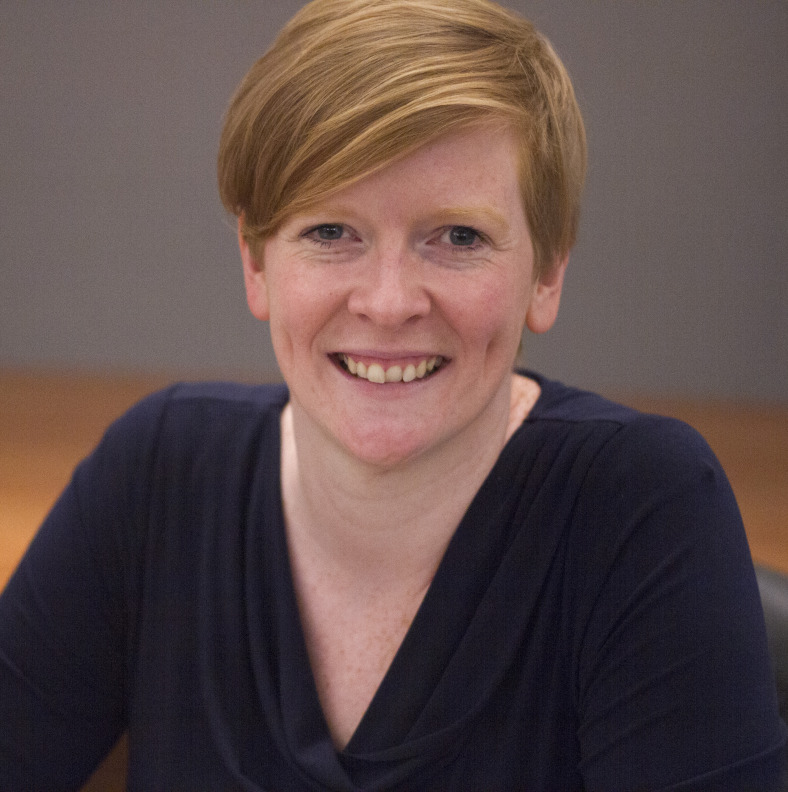
Virtual consultations: Are we missing important signs of cancer?
With the switch to virtual consultations, we've seen years of innovation in a matter of weeks. Dr Ash Lillis, National Clinical Advisor for Macmillan and Consultant in Acute Medicine, reflects on how far we've come, what we might be missing and the steps we can take to avoid health inequities.
The recent blog by Dr Anthony Cunliffe on the challenges of virtual working and the burden for practitioners, caused by increased presentations of late-stage cancer, has given me significant food for thought. It must be difficult for health and care professionals, who have trained and practised our profession face-to-face for many years, to suddenly have to do up to 50% of clinical work by telephone or video consultation.
The switch to remote consultations has delivered years of innovation in a matter of weeks. But the impact of such a massive change on patient experience, the quality of care delivered and the well-being of professionals is difficult to assess. As we plan for potential future waves of COVID-19 infections, perhaps it is time to consider how we can learn from and improve these new ways of delivering person-centred care?
The situation in emergency care
As a doctor who assesses and cares for people presenting through an emergency route, my day to day work has not changed very much. I still see my patients face-to-face in the emergency department or acute medicine unit. So apart from the masks and PPE, it doesn’t feel too far from the early days of 2020.
That’s not to say the experiences and medical problems my patients arrive at hospital with are the same as before the pandemic. Macmillan’s Forgotten ‘C’ campaign is highlighting the huge backlog in cancer diagnoses, and I am also seeing many emergency presentations of patients with advanced or incurable disease.
At the start of the pandemic, advanced and delayed presentations were more likely due to fear of attending hospital. However, the patients presenting in recent months are more likely to have had contact with healthcare in the preceding weeks and months. These patients have often had multiple telephone assessments, but due to the huge increase in demand on primary care, they haven’t been able to access timely assessment or follow-up.
We know that when cancer is diagnosed as an emergency, patients are much less likely to be well enough for anti-cancer treatment and more likely to have a rapid transition to end of life care. The anger, frustration, and distress this causes takes its toll on patients, relatives and the HCPs caring for them. All of this raises an important question: If we can’t see our patients, how do we know what we aren’t seeing?
What are the risks of remote consultations?
- Assuring quality of remote consultations
Primary care was already far ahead of the acute and community sector when it comes to remote assessments. GPs have training in telephone triage but have only recently adopted telephone assessment, treatment and follow up. However, the rate of uptake for video consultations is much higher in secondary care with platforms such as Attend Anywhere. We need to consider why there is such a difference in uptake between telephone and video consultation, and ensure appropriate training and support is available to enable patients and professionals to get the best from it. - Missing the non-verbal clues to a serious diagnosis
As healthcare professionals, we have all learned that only 30-40% of communication is the actual content and tone of what is said to us. In telephone assessment, we have already lost 60% of the clues we usually have in diagnostics. Should video calling be the standard of care offered for all remote consultations in the NHS? - Some patients need a face-to-face assessment
With social distancing measures remaining in place across many health and care settings GPs are having to think differently about when to carry out face to face assessments. I would suggest having face-to-face assessments with patients who face barriers to verbal communication, such those who do not speak English as a first language, those with cognitive impairment, significant mental health diagnoses or learning disabilities. These people are vastly overrepresented in the late diagnoses population and even more so during the pandemic. - Checklists and safety netting
Without the physical clues, do we forget to screen for red flags? Should we have a lower threshold for investigations than before? We are now starting to see the impact of the pandemic on presentation, with an increasing number of people presenting with more significant disease due to the delay in seeking or accessing care. Recently, during a week on the acute medicine units, I saw three patients present with a new diagnosis of metastatic cancer in their spine, which is a significant number within just one week.
What can we do to improve?
On a national basis, we need to wind back and evaluate innovations with a critical eye. We need to establish what quality is when it comes to remote consultations and ensure that commissioning supports the highest quality interventions. We also need to make sure that a move towards virtual consultations doesn’t leave behind those who have already suffered due to health inequalities before and during pandemic.
Want to improve your virtual consultations? See our 10 top tips for virtual consultations in primary care.



